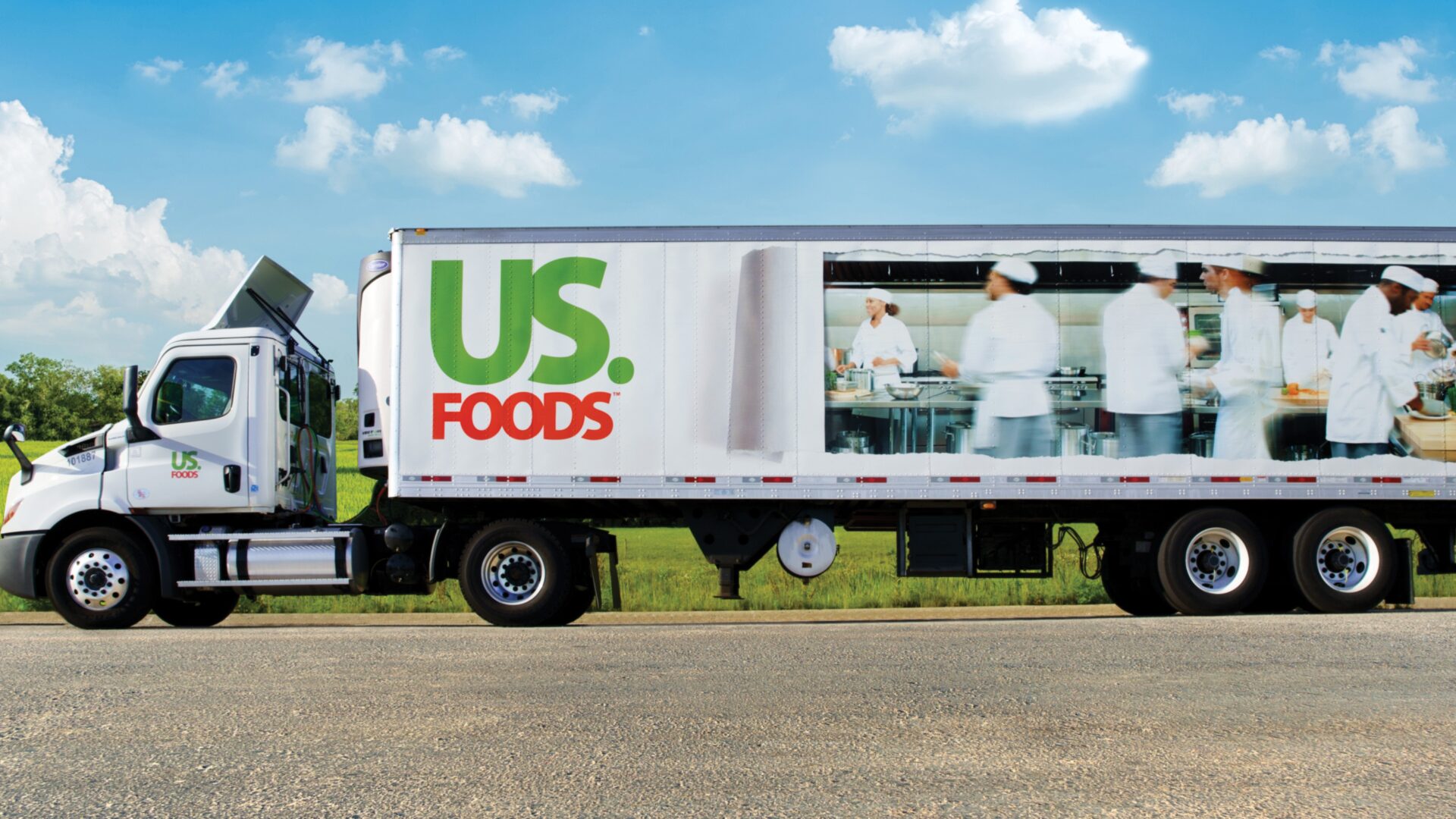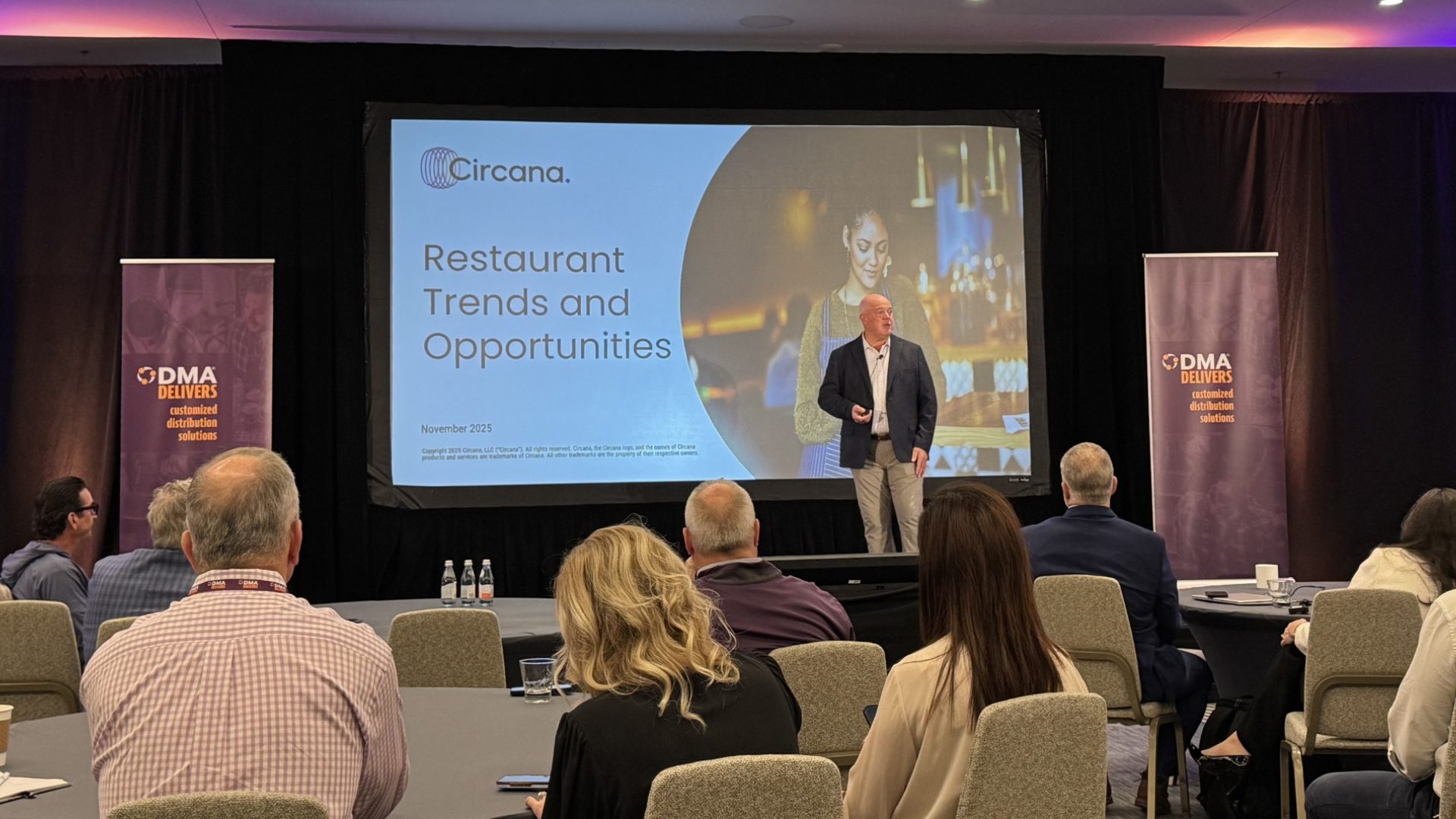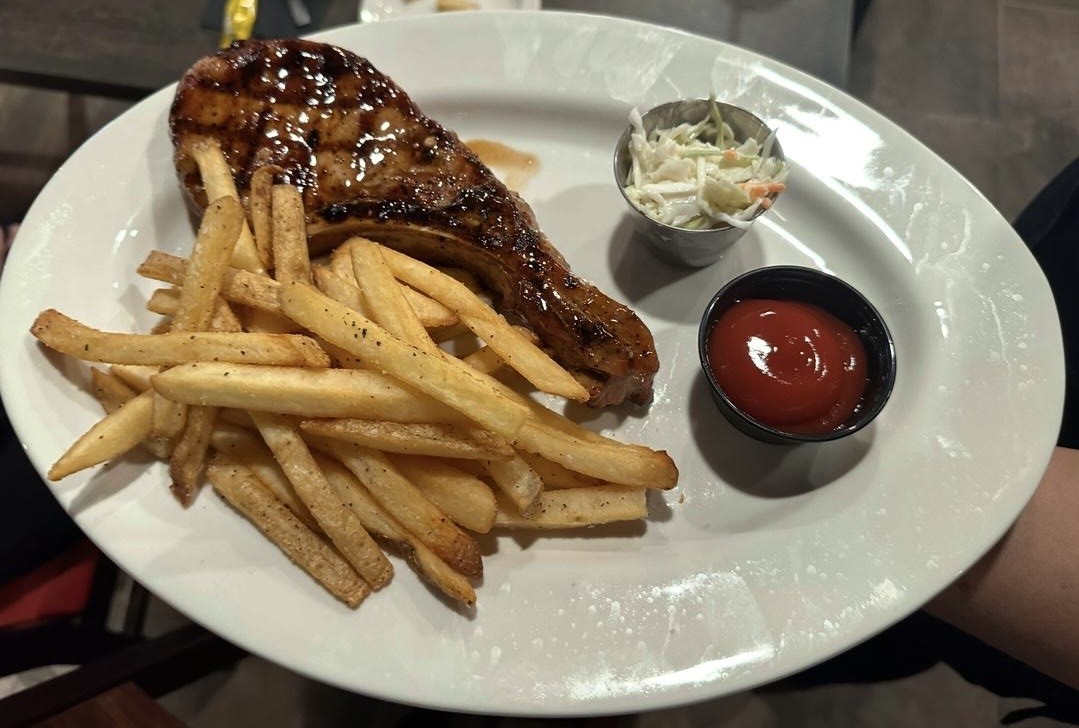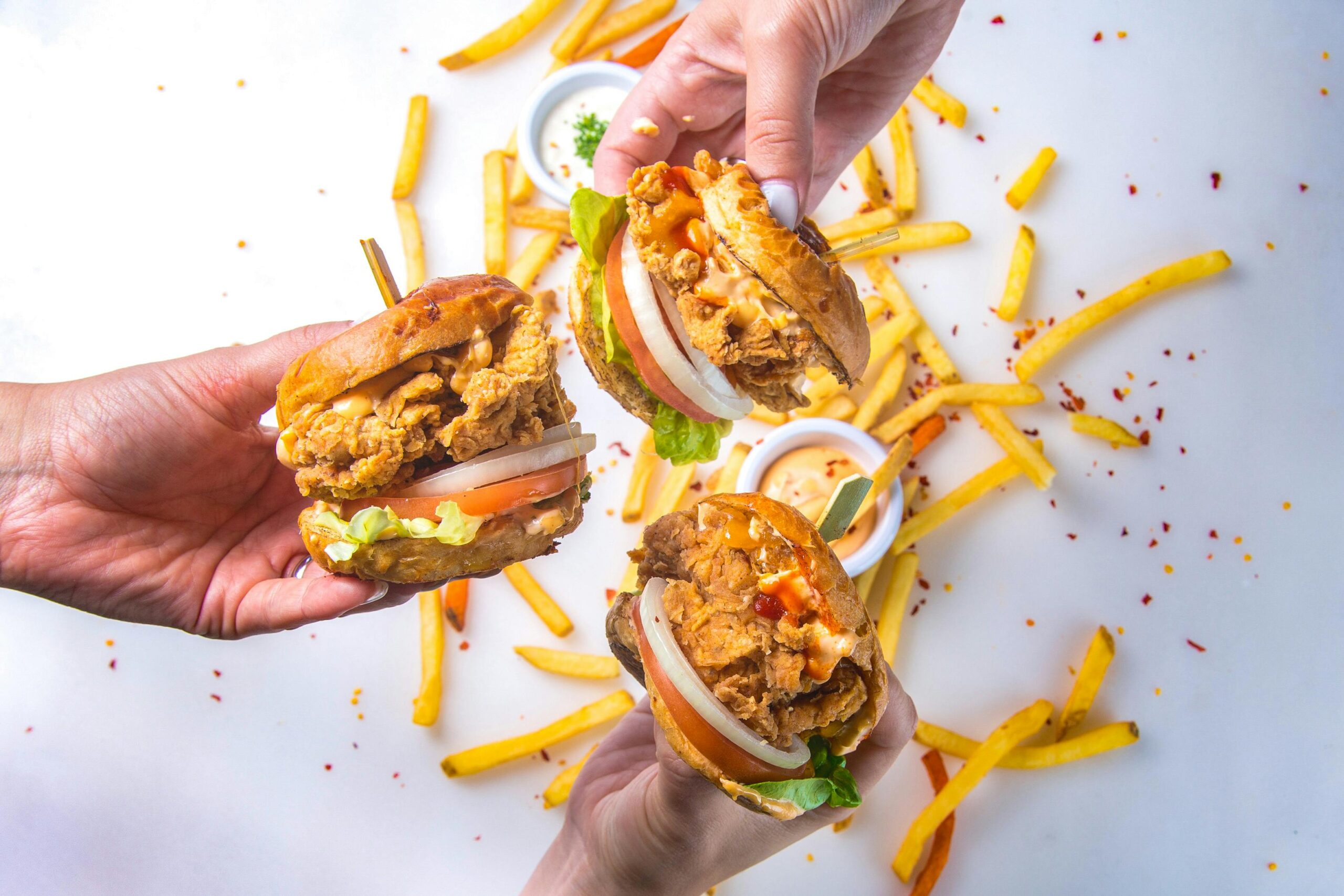In February of this year, executives from US Foods presented at the Consumer Analyst Group of New York conference. CAGNY is a well-attended and well-regarded event; US Foods signaled its importance by sending both CEO Dave Flitman and CFO Dirk Locascio, among other executives.
The presentation began with a pitch of US Foods as an investment, which included a focus on the company’s share in higher-profit markets like healthcare and independent restaurants. About halfway through the presentation, Flitman detailed his company’s strategy around acquisitions. He noted that US Foods had over 100 targets in its acquisition pipeline, with total revenue of about $15 billion.
The company wasn’t going to do all of those deals, of course, but Flitman saw potential for so-called “tuck-in” acquisitions of smaller distributors to increase his company’s density, improve margins, and further increase market share in the independent restaurant channel.
According to reporting from Bloomberg on Friday, not long after that presentation, US Foods executives began evaluating an acquisition of Performance Food Group – and have continued to do so “in recent months”. In one sense, the deal comes completely out of left field. PFG is far from a tuck-in: it has generated $62 billion in revenue over the past four quarters. That not only dwarfs the $15 billion figure mentioned by Flitman in February, but far exceeds US Foods’ revenue of about $38 billion.
Recipe for Market Domination?
But looking at the specific criteria laid out by Flitman in February, PFG actually makes quite a bit of sense. The deal obviously would increase density; if anything, one would imagine that the combined company could probably reduce duplicative facilities post-merger as part of a cost savings program. US Foods’ presentation noted that any target would need to be “externally viewed as a well run company”. Given that PFG stock has outperformed the S&P 500 since the company’s 2015 initial public offering while consistently taking market share, that box too is checked.
And, importantly, PFG seems to fit perfectly with the desire by US Foods to improve market share in the independent channel. As PFG chief operating officer Scott McPherson put it at an investor event in late May, independent business is “the calling card of our company”. Excluding the company’s smaller specialty business, about 46% of PFG’s sales come through the independent channel, compared to one-third for US Foods.
At the same time, as we wrote in May, Sysco seems to be losing share in the independent channel, which makes the timing of this deal even more sensible: creating one giant at the same time another is struggling. And, as Bloomberg noted, PFG would also increase US Foods’ reach into convenience stores and candy and snacks, end markets where its business is relatively small.
So, while a PFG deal obviously is a far bigger swing than US Foods signaled ready to take, it does seem to advance US Foods’ stated goals. More broadly, the deal would create the largest foodservice distributor in the U.S.: Bloomberg cites 18% market share for the combined company, against 17% for Sysco. (Those figures seem to match those detailed by Sysco itself last year.)
Will Regulators Tap the Brakes on Big Deal?
There are three key questions here. The first centers on profit margins. US Foods said in February that any target would have to improve its margins after synergies; it seems unlikely that a PFG purchase would hit that goal, even with cost savings. For the current fiscal year (PFG’s ends six months earlier), Wall Street expects EBITDA margins for PFG of 2.58%, against 4.6% for US Foods. It would require about $1.2 billion in post-merger synergies for the combined company to have higher margins; that figure seems likely too high.
The second question is how, exactly, US Foods would pay for such a deal. It obviously will need to issue a great deal of stock; company combined profits suggest the potential to raise at most about $15 billion in debt. A PFG purchase would probably cost about $22-$25 billion including debt (the company is now valued at $20 billion on that basis), meaning equity would have to cover the remainder. Investors for now do seem comfortable with that structure: US Foods stock was flat on Friday after the news, while PFG shares jumped nearly 5%.
But the bigger question is whether such a deal would be allowed by regulators. An effort by Sysco and US Foods to merge in 2015 was terminated after opposition from the Federal Trade Commission. The fact that PFG stock only gained 5% on Friday suggests that investors believe the merger is far from guaranteed, and at the very least may take a long time to get through.
That said, the FTC in the second Trump term may be more lenient than it was a decade ago during the Obama Administration. Indeed, during Trump’s first term, that was the case. The famous example there is the merger of cellular service providers Sprint and T-Mobile, which was blocked by Obama’s FTC because it left only three major competitors, and then approved in 2018 because the agency then felt three players were enough.
It’s also worth noting that a core reason for the FTC’s objection to the Sysco-US Foods deal was not about market share in the independent channel, but rather a concern that the combined company would be dominant among national broadline customers. The agency projected that Sysco and US Foods would have roughly 75% market share in that channel. Figures from the two companies suggest that their independent market share could be over 50%. (US Foods was said its share is about 18%, and it appears PFG’s independent revenue is roughly double that of its rival. But those figures may not be necessarily be based on the same metrics or measurements.)
On the whole, then, there’s still a long way to go to the finish line. US Foods has to convince PFG to take a deal, its shareholders to approve the acquisition, and regulators to allow the merger. Yet it’s not hard to see why US Foods wants to make this move. It would make US Foods a leader in multiple end markets – and precisely the end markets where distributor services are most needed and profit margins are highest.
It’s easy to see why Flitman and US Foods want to make this deal, even with the risk that they won’t succeed in doing so.
About the author: Vince Martin is an analyst and author whose work has appeared on multiple financial industry websites for more than a decade; he’s currently the lead writer for Wall Street & Main. He has no positions in any companies mentioned.
The Food Institute Podcast
Several economic headwinds indicate the consumer is being financially stretched, but we all need to eat – so what are consumers actually buying at the grocery store? Nik Modi of RBC returns to The Food Institute Podcast to discuss channel differentiation, consumer product selection, and other macro trends.












